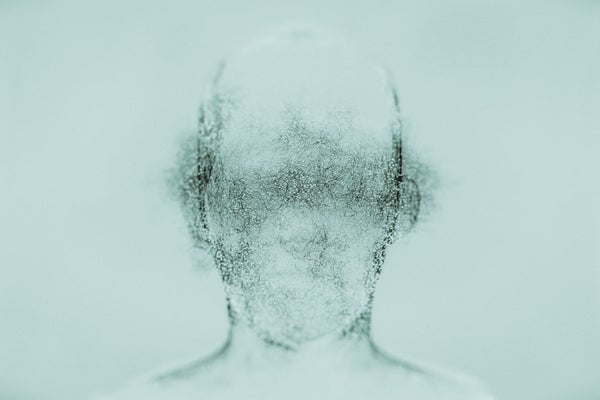The human brain is complex. Along with performing millions of mundane acts, it composes concertos, issues manifestos and comes up with elegant solutions to equations. It's the wellspring of all human feelings, behaviors, experiences as well as the repository of memory and self-awareness. So it's no surprise that the brain remains a mystery unto itself.
Adding to that mystery is the contention that humans "only" employ 10 percent of their brain. If only regular folk could tap that other 90 percent, they too could become savants who remember to the twenty-thousandth decimal place or perhaps even have telekinetic powers.
On supporting science journalism
If you're enjoying this article, consider supporting our award-winning journalism by subscribing. By purchasing a subscription you are helping to ensure the future of impactful stories about the discoveries and ideas shaping our world today.
Though an alluring idea, the "10 percent myth" is so wrong it is almost laughable, says neurologist Barry Gordon at Johns Hopkins School of Medicine in Baltimore. Although there's no definitive culprit to pin the blame on for starting this legend, the notion has been linked to the American psychologist and author William James, who argued in The Energies of Men that "We are making use of only a small part of our possible mental and physical resources." It's also been associated with Albert Einstein, who supposedly used it to explain his cosmic towering intellect.
The myth's durability, Gordon says, stems from people's conceptions about their own brains: they see their own shortcomings as evidence of the existence of untapped gray matter. This is a false assumption. What is correct, however, is that at certain moments in anyone's life, such as when we are simply at rest and thinking, we may be using only 10 percent of our brains.
"It turns out though, that we use virtually every part of the brain, and that [most of] the brain is active almost all the time," Gordon adds. "Let's put it this way: the brain represents three percent of the body's weight and uses 20 percent of the body's energy."
The average human brain weighs about three pounds and comprises the hefty cerebrum, which is the largest portion and performs all higher cognitive functions; the cerebellum, responsible for motor functions, such as the coordination of movement and balance; and the brain stem, dedicated to involuntary functions like breathing. The majority of the energy consumed by the brain powers the rapid firing of millions of neurons communicating with each other. Scientists think it is such neuronal firing and connecting that gives rise to all of the brain's higher functions. The rest of its energy is used for controlling other activities—both unconscious activities, such as heart rate, and conscious ones, such as driving a car.
Although it's true that at any given moment all of the brain's regions are not concurrently firing, brain researchers using imaging technology have shown that, like the body's muscles, most are continually active over a 24-hour period. "Evidence would show over a day you use 100 percent of the brain," says John Henley, a neurologist at the Mayo Clinic in Rochester, Minn. Even in sleep, areas such as the frontal cortex, which controls things like higher level thinking and self-awareness, or the somatosensory areas, which help people sense their surroundings, are active, Henley explains.
Take the simple act of pouring coffee in the morning: In walking toward the coffeepot, reaching for it, pouring the brew into the mug, even leaving extra room for cream, the occipital and parietal lobes, motor sensory and sensory motor cortices, basal ganglia, cerebellum and frontal lobes all activate. A lightning storm of neuronal activity occurs almost across the entire brain in the time span of a few seconds.
"This isn't to say that if the brain were damaged that you wouldn't be able to perform daily duties," Henley continues. "There are people who have injured their brains or had parts of it removed who still live fairly normal lives, but that is because the brain has a way of compensating and making sure that what's left takes over the activity."
Being able to map the brain's various regions and functions is part and parcel of understanding the possible side effects should a given region begin to fail. Experts know that neurons that perform similar functions tend to cluster together. For example, neurons that control the thumb's movement are arranged next to those that control the forefinger. Thus, when undertaking brain surgery, neurosurgeons carefully avoid neural clusters related to vision, hearing and movement, enabling the brain to retain as many of its functions as possible.
What's not understood is how clusters of neurons from the diverse regions of the brain collaborate to form consciousness. So far, there's no evidence that there is one site for consciousness, which leads experts to believe that it is truly a collective neural effort. Another mystery hidden within our crinkled cortices is that out of all the brain's cells, only 10 percent are neurons; the other 90 percent are glial cells, which encapsulate and support neurons, but whose function remains largely unknown. Ultimately, it's not that we use 10 percent of our brains, merely that we only understand about 10 percent of how it functions.
